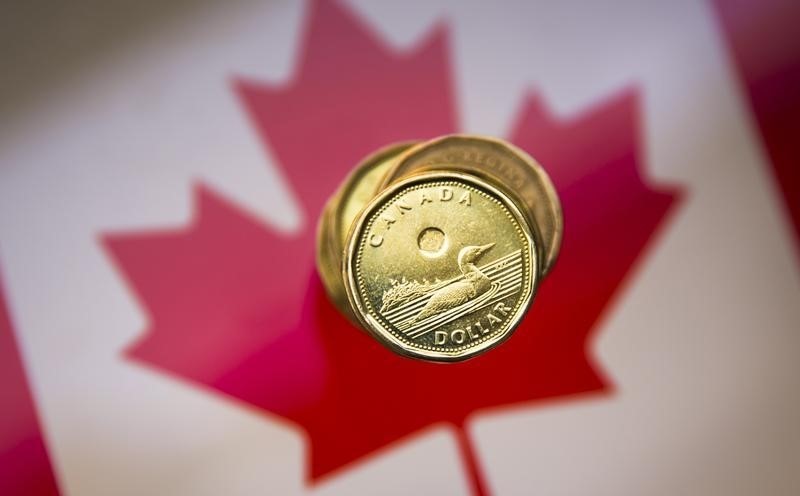By Ketki Saxena
Investing.com -- The Canadian dollar weakened to its lowest level in more than two months against the greenback, driven by risk-off sentiment global sentiment as the Chinese economy weakens and worries grow around its property sector. Furthermore, yesterday's release of hawkish minutes from the US Federal Reserve, which reiterated that further rate hikes may be on the way and reinforcing the higher for longer narrative, pressuring equities and boosting the US dollar.
The commodity linked Canadian dollar however gained some support from crude prices, after China's central bank sought to reassure investors about the country's property market woes and a weakening wider economy.
One positive for the loonie was a rally in the price of oil, one of Canada’s major exports. U.S. crude oil futures settled 1.3 per cent higher at $80.39 a barrel as China’s central bank sought to bolster the property market and wider economy.
The US dollar was also supported by robust US economic data, which gives the Fed more room to hike rates as it seeks to tackle inflation. US Initial Jobless Claims declined to 239,000 in the week ended August 12 - a greater decline than had been expected by economists.
The Philadelphia Fed Manufacturing Survey also suprised to the upside, rising from -13.5 to 12.
On a fundamental level the pair, analysts at RBC (TSX:RY) note that "The USD/CAD's trajectory seems uncertain in the near term, likely to be influenced by developments around the USD"
The bank believes the currency pair will see a range-bound movement in the coming days and weeks.
For the longer term, RBC will be watching for signs of a slowdown in the US or global economies; a crucial distinction as a slowdown in the US would put downward pressure on USD/CAD, while a global downturn would likely support the currency pair.
RBC currently maintains a year end target of 1.38 for the USD/CAD pair.
Up next, further impetus is likely to come from Canada's Industrial Product Price Index, and Raw Materials Price Index, due tomorrow.
